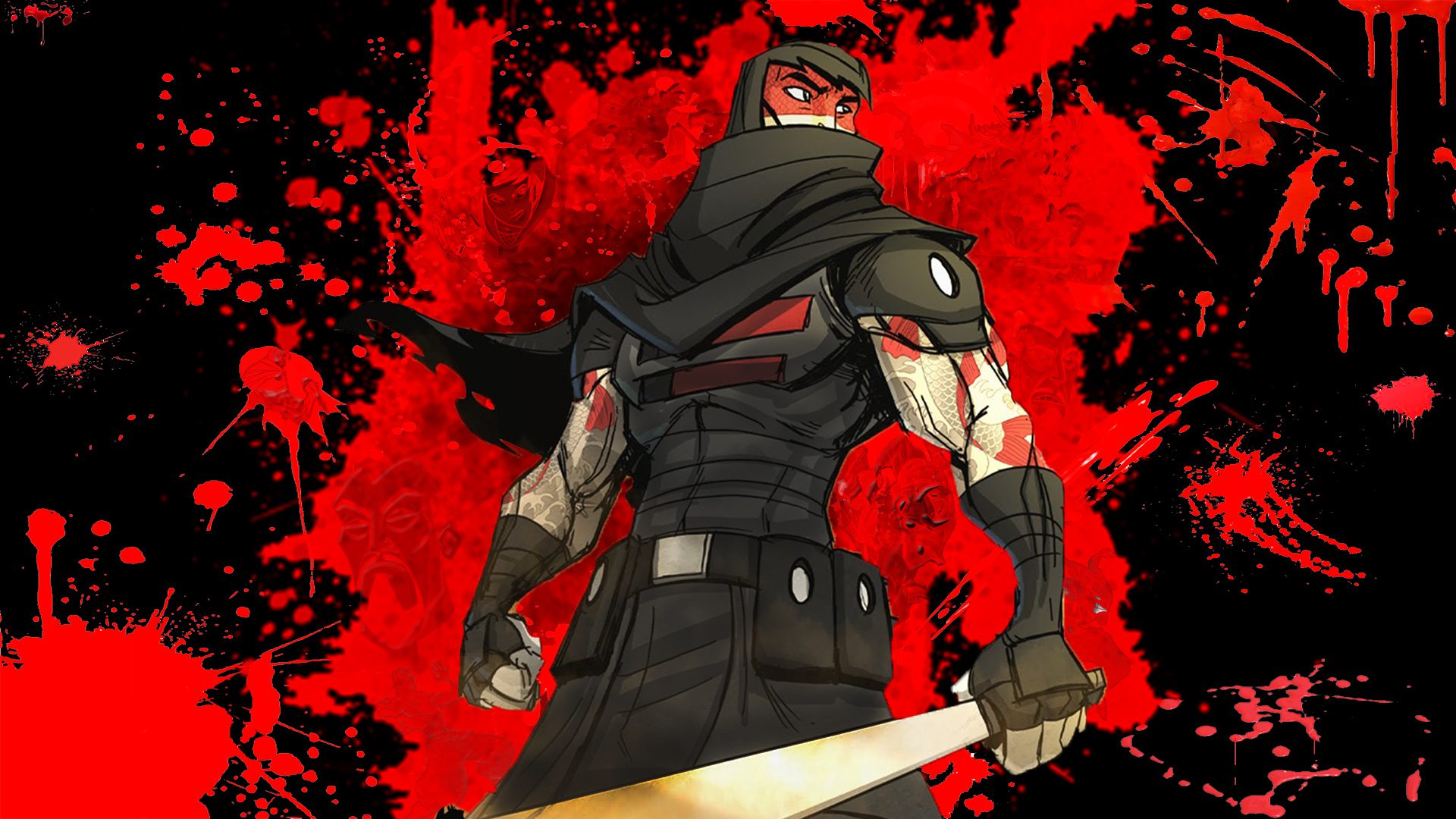

"They're doing this for the clan, but the clan isn't helping you. "The kind of stresses that we put on the player, the kind situation that the ninja's in, is to make the ninja feel vulnerable and isolated," says head writer Chris Dahlen, about a protagonist whose role is so thankless that he doesn't even have a name. It was important to Klei that this wouldn't be seen as a goofy cornball game that adheres to the usual pop culture icons of ninjas, but would rather seriously acknowledge the ninja's plight. Much of the story revolves around how this lone figure must deal with this onerous task. There's only one problem: the tattoos slowly drive their bearer insane, so when their task is complete, they must take their own life before they become a threat to anyone else.īoth the scenery and the ninja remain silhouetted when in the dark and in colour when seen. Like you were an athlete in like 15 different events." "It's like the height of human potential type stuff. "It's definitely nothing like supernatural or magic or whatever," explains lead designer Nels Anderson.

This is done by adorning the chosen warrior with tattoos made from a forbidden ink that imbues the wearer with special powers. The lore behind Mark of the Ninja is that in times of crisis, an insulated ninja clan can call upon a champion with great power to save them. Shank developer Klei Entertainment's upcoming Mark of the Ninja may retain a similar stylish cartoon aesthetic to its Rambo-esque throwback - all bold angular lines and brights splashes of colour - but this is a much darker tone than the studio's previous offerings.

And it's especially discouraging when you're on a suicide mission from which there is no escape. It doesn't help when you're among the last of your kind living in the modern era. You need to put aside any notions of honour, glory, and individuality and do your duty without a taking an iota of credit.


 0 kommentar(er)
0 kommentar(er)
